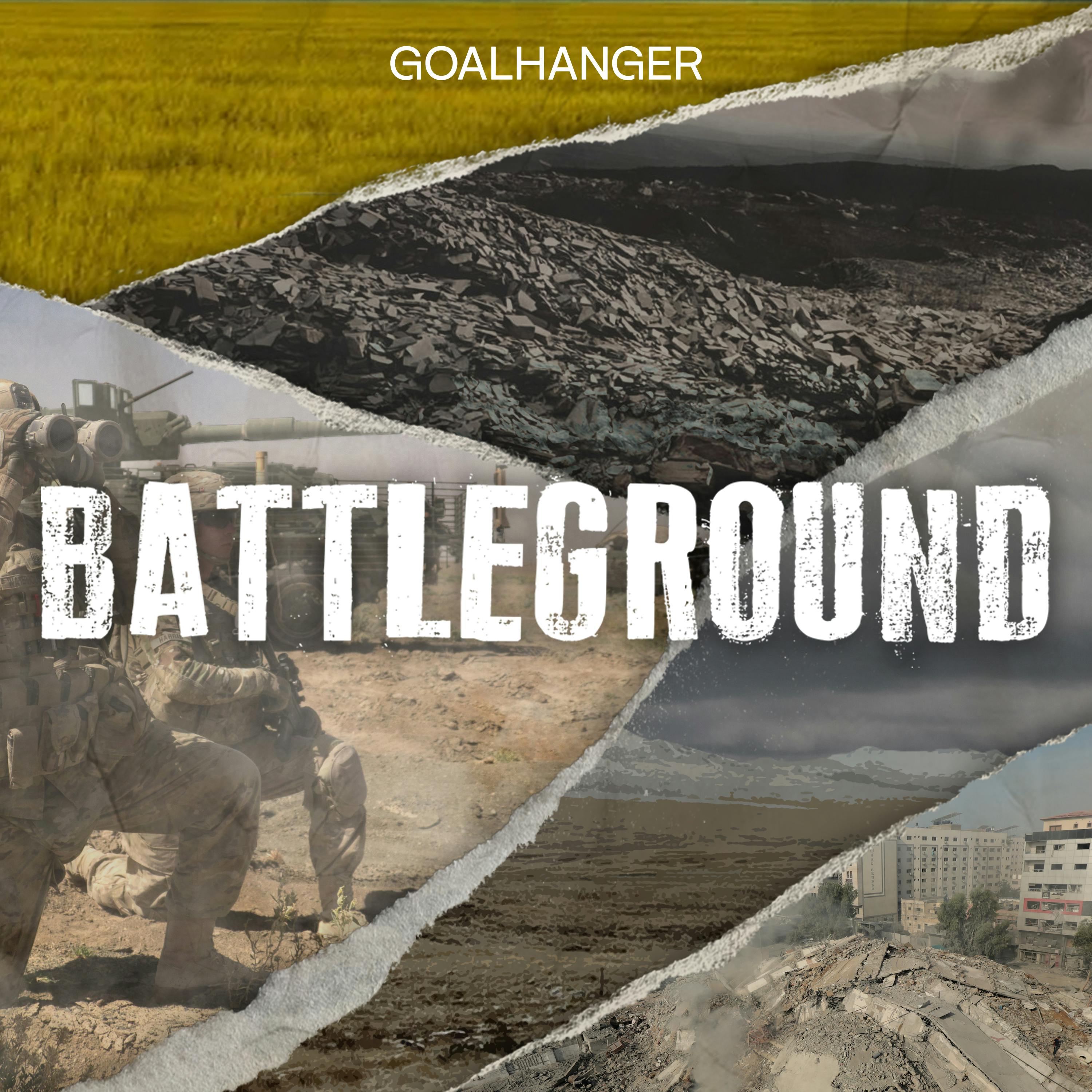
240. The Second World War along the Elbe River

Battleground
Deep Dive
What is the significance of the Elbe River in the context of the Second World War?
The Elbe River was a key geographical and strategic landmark during the Second World War, serving as a dividing line between the Western and Eastern Allies. It was the site of the historic meeting between American and Soviet forces at Torgau on April 25, 1945, symbolizing the impending end of the war in Europe.
What is the historical significance of Torgau during the Second World War?
Torgau is historically significant as the site of the first meeting between American and Soviet forces on April 25, 1945. This event marked a pivotal moment in the war, symbolizing the cooperation between the Allies and the nearing collapse of Nazi Germany. The meeting was facilitated by a patrol led by Lieutenant William D. Robertson, who crossed the partially destroyed Elbe Bridge to make contact with Soviet troops.
Why is Dresden particularly controversial in the context of the Second World War?
Dresden is controversial due to the Allied bombing raids in February 1945, which resulted in a massive firestorm that destroyed much of the city and killed approximately 20,000 people. The bombing was partly in response to a Soviet request to disrupt German reinforcements and supplies. Critics argue that the attack was disproportionate and targeted civilians, while supporters claim it was a necessary military operation.
What is the connection between Kurt Vonnegut and the bombing of Dresden?
Kurt Vonnegut, an American author and prisoner of war, survived the bombing of Dresden while being held in a meat locker beneath a slaughterhouse. His experiences inspired his novel 'Slaughterhouse-Five,' which blends science fiction with historical events to depict the trauma and absurdity of war. The book's title refers to the slaughterhouse where Vonnegut was imprisoned during the bombing.
What is the story of General Henri Giraud's escape from Königstein Castle?
General Henri Giraud, a senior French commander, escaped from Königstein Castle in April 1942 after two years of meticulous planning. He used a 150-foot rope made from twine, bed sheets, and copper wire to descend the sheer cliff of the fortress. After reaching the ground, he traveled to Switzerland and eventually returned to France, where he played a key role in leading French forces during Operation Torch in North Africa.
What was the T4 program, and how is Sonnenstein connected to it?
The T4 program was a Nazi initiative to systematically murder individuals deemed 'unworthy of life,' including the disabled and mentally ill. Sonnenstein, a former sanatorium, became a killing center where victims were gassed and cremated. The program served as a precursor to the Holocaust, with many T4 personnel later transferring their expertise to death camps like Auschwitz and Treblinka.
What is the significance of Operation Anthropoid and the assassination of Reinhard Heydrich?
Operation Anthropoid was a mission carried out by Czechoslovak resistance fighters Josef Gabčík and Jan Kubiš to assassinate Reinhard Heydrich, a high-ranking Nazi official and architect of the Holocaust. The attack took place on May 27, 1942, and Heydrich died from his injuries on June 4. The operation was significant for its boldness and the severe reprisals that followed, including the destruction of the village of Lidice.
What happened to the village of Lidice after the assassination of Heydrich?
In reprisal for Heydrich's assassination, the Nazis razed the village of Lidice on June 10, 1942. All 199 men were executed, 195 women were deported to Ravensbrück concentration camp, and 95 children were either killed at Chełmno extermination camp or adopted by German families. The village was completely destroyed, and its name became a symbol of Nazi brutality.
What was the role of the Elbe River in the final stages of the Second World War?
The Elbe River marked the agreed-upon dividing line between the Western and Eastern Allies as they advanced into Germany. The meeting of American and Soviet forces at Torgau on April 25, 1945, symbolized the imminent collapse of Nazi Germany and the end of the war in Europe. The river also served as a strategic barrier and a focal point for key military operations in the final months of the conflict.
- WWII history tour along the Elbe River
- Tour organized by the National World War II Museum
- Itinerary includes Berlin, Magdeburg, Wittenberg, Torgau, Dresden, Königstein Castle, Sonnenstein, Theresienstadt, Prague
- Two-day extensions in Berlin and Prague
Shownotes Transcript
In this episode of Battleground '45, Saul is joined by historian Keith Lowe to discuss their upcoming history tour along the Elbe. The Elbe river runs down from Czechia right through the heart of Germany, together they map out some of the remarkable and sobering tales of history that happened in many of the locations they will be visiting on the tour, including Operation Anthropoid, the bombing of Dresden, and a remarkable escape story from Königstein Castle.
To find out more visit www.ww2museumtours.org or email [email protected]
If you have any thoughts or questions, you can send them to - [email protected]
Producer: James Hodgson
X: @PodBattleground
Learn more about your ad choices. Visit podcastchoices.com/adchoices)